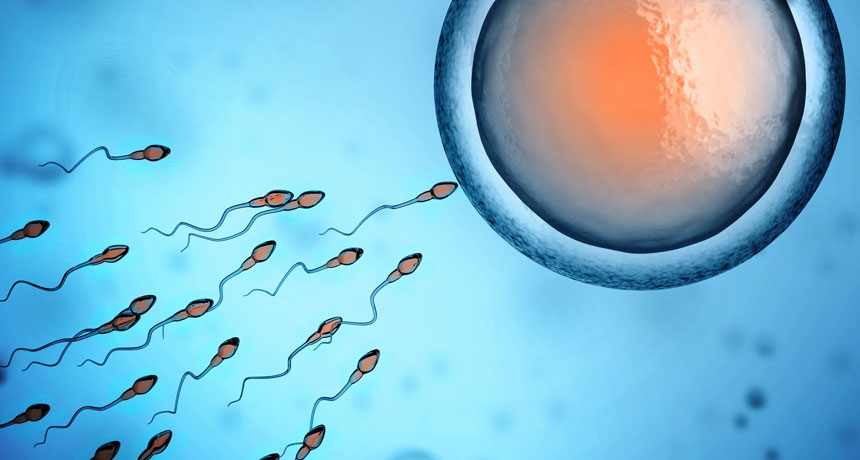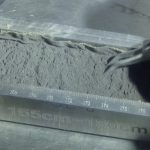Sperm with damaged DNA may cause some repeat miscarriages

NEW ORLEANS — For couples who have suffered repeated miscarriages, it may be useful to scrutinize the man’s reproductive health as closely as the woman’s. Some miscarriages may be linked to abnormalities in semen, a study finds.
Researchers analyzed semen from 49 men whose partners had lost three or more consecutive pregnancies before the 20-week mark. The men had sperm with more than twice as much DNA damage and more than four times the amount of certain harmful molecules called reactive oxygen species as samples from healthy men who had been screened for some fertility issues, researchers reported March 24 at the Endocrine Society’s annual meeting.
After repeated miscarriages, “historically clinicians have focused on the woman having some health problem,” says endocrinologist Bradley Anawalt of the University of Washington School of Medicine in Seattle who was not involved in the study. The new research suggests that “perhaps the man is contributing something that is leading to early pregnancy loss on a regular basis,” he says.
Recurrent pregnancy loss has traditionally been defined as the loss of three or more pregnancies in a row before the 20th week. Based on that definition, about 1 to 2 percent of couples experience this condition, although this estimate is based on epidemiological studies that are limited and decades old.
Cases of recurrent pregnancy loss can be traced to chromosomal abnormalities or health issues in the mother such as hormone or blood-clotting disorders. But in up to 50 percent of cases, no explanation can be found. Initial evidence points to unhealthy sperm as possibly behind some unexplained cases.
Past research has suggested that sperm play a role in the development of the placenta, the proper functioning of which “is absolutely critical in preventing miscarriage,” says reproductive endocrinologist Channa Jayasena of Imperial College London.
But in terms of measuring sperm quality, “traditionally we’ve looked down our microscope and we’ve said how many sperm are there, how many of the sperm are moving and how many of them look really good — and that is very subjective,” Jayasena says. To identify more objective markers, he and his colleagues measured the amount of reactive oxygen species in the semen samples — high levels of the molecules can damage DNA — and breaks in the sperm DNA.
The next steps are to study how some men develop these abnormalities, Jayasena says, and figure out how the defects might cause miscarriages.



